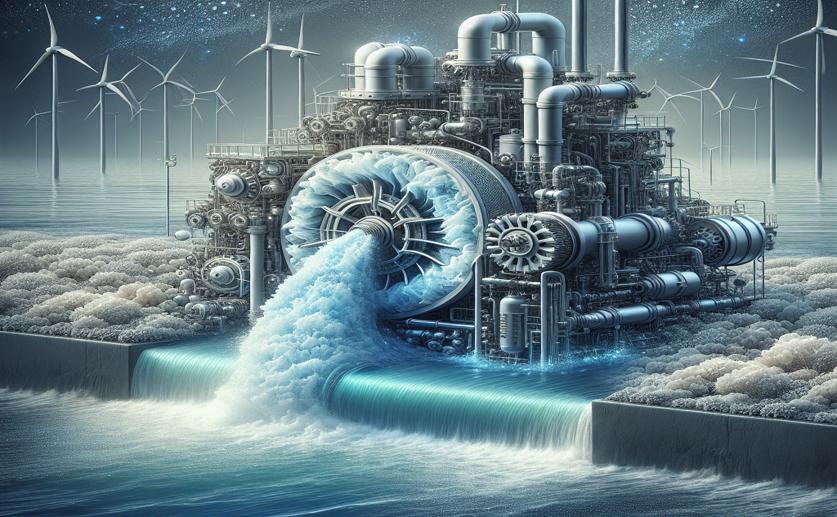
How Water Flow Boosts Energy Harvesting from Saltwater Sources
David Palenski
18th February, 2024

Image Source: Natural Science News, 2024
EnvironmentSustainabilityMarine Biology
References
Main Study
1) Unraveling Flow Effect on Capacitive Energy Extraction from Salinity Gradients.
Published 17th February, 2024
https://doi.org/10.1021/acsami.3c16738



 30th January, 2024 | Jenn Hoskins
30th January, 2024 | Jenn Hoskins